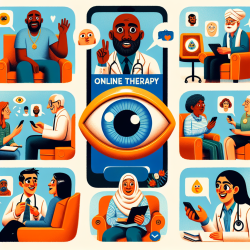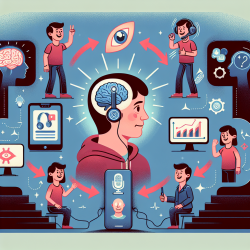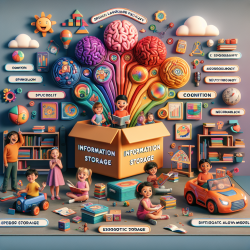As a practitioner in the field of audiology, staying updated with the latest advancements in hearing aid technology and evaluation methods is crucial for providing the best care to your clients. The research article titled Hearing Aids: Current Developments and Concepts edited by Martha Rubin, offers a comprehensive overview of the latest developments and standards in hearing aid technology, as discussed in a conference at the Lexington School for the Deaf. This blog aims to highlight key takeaways from the research to help you improve your skills and encourage further exploration into the topic.
Current Developments in Hearing Aids
J. Donald Causey, Edward Hardick, and Hubert Gerstman discussed the latest advancements in hearing aids, including new models for hearing aid dispensing and aural rehabilitation. One notable development is a new sentence test designed for speech discrimination. Implementing these advancements in your practice can significantly enhance the accuracy of hearing aid fittings and improve client outcomes.
Importance of Standards in Hearing Aids
Laura Wilber and John C. Sinclair delved into the history and necessity of standards for hearing aids, emphasizing the need for better and more comprehensive standards. Wayne Olsen provided an informative report on the new ANSI standards and their applications to hearing aid measurement. Understanding and adhering to these standards is essential for ensuring the quality and reliability of hearing aids provided to clients.
Evaluating Hearing Aids for Infants and Young Children
Evaluating and fitting hearing aids for infants and very young children presents unique challenges. Martha Rubin, Jane Mandell, and Annette Zaner discussed various methods and the problems encountered in this process. Leahea Grammitico highlighted the importance of cognition in the development of listening skills, offering examples of auditory training situations used to encourage both thinking and listening skills. Adopting these methods can lead to more effective hearing aid fittings for young clients, ensuring their auditory development is supported from an early age.
Innovative Approaches to Hearing Aid Evaluation
Mark Ross reviewed traditional hearing aid evaluation methods and identified their inadequacies. Levitt, White, and Resnick introduced their work on a "wearable master hearing aid," while Edgar Villchur presented an experimental program for signal processing in hearing aids. Geary McCandless discussed the importance of "loudness discomfort level" and the acoustic reflex in hearing aid fittings. These innovative approaches offer new possibilities for more accurate and effective hearing aid evaluations, enhancing the overall client experience.
Practical Implications for Practitioners
The contributors to this conference expressed their concerns over the currently inadequate hearing aid evaluation and delivery systems. They presented a number of practical ways audiologists can more efficiently and effectively provide hearing aid services. By implementing these recommendations, you can improve the quality of care you provide and stay ahead in the rapidly evolving field of audiology.
To read the original research paper, please follow this link: Hearing Aids: Current Developments and Concepts.










